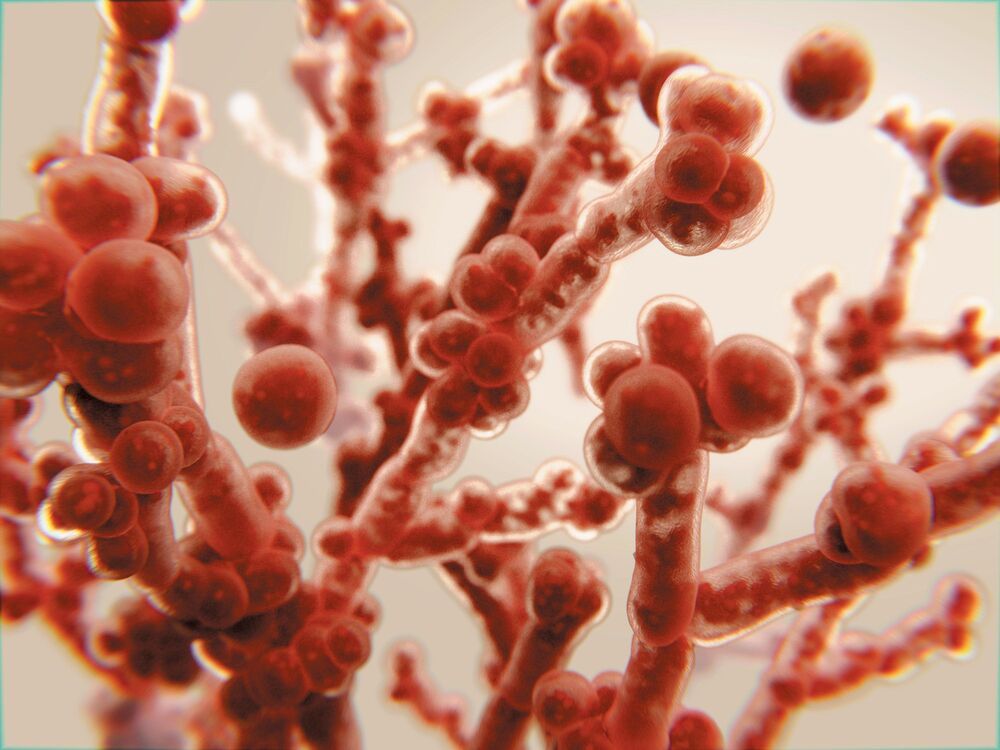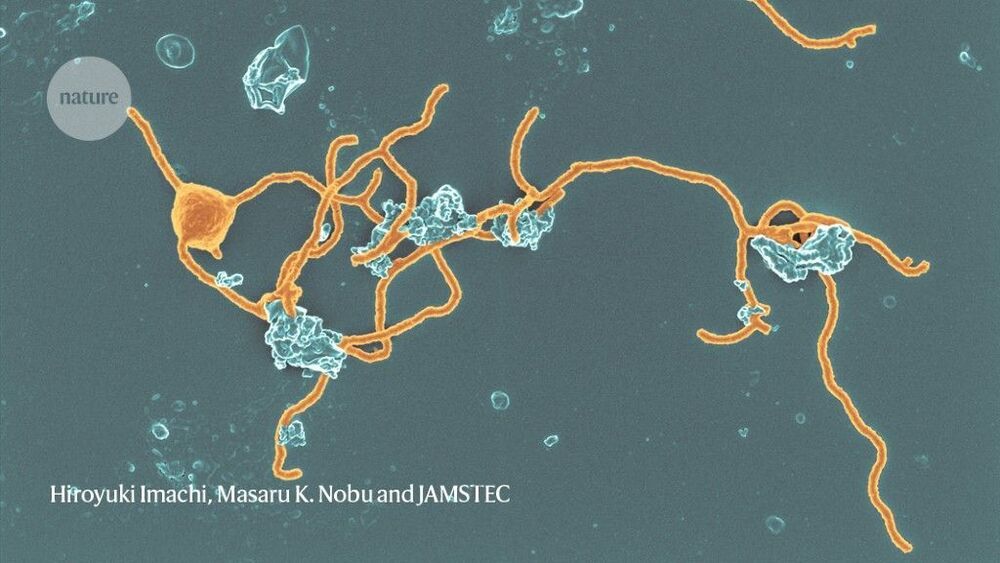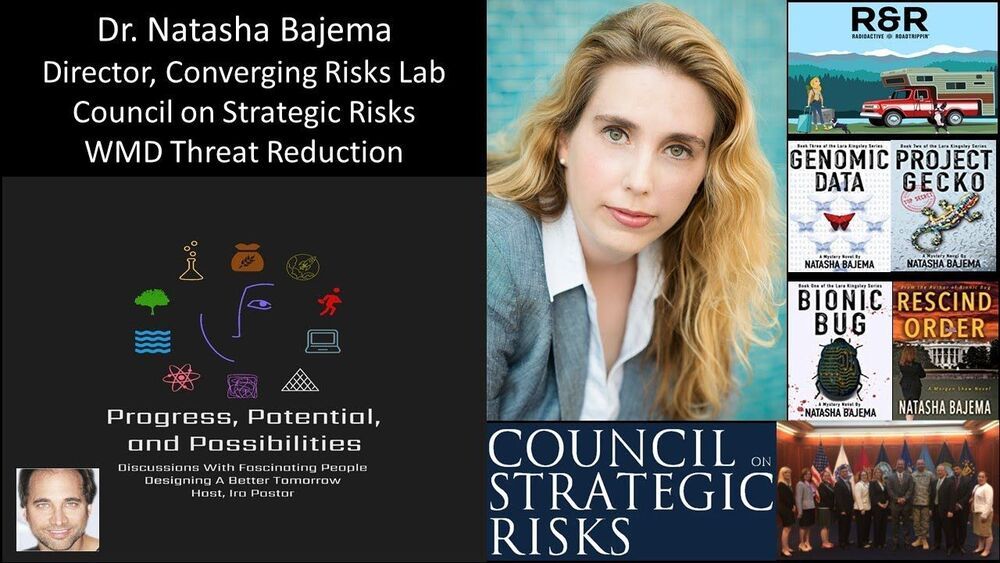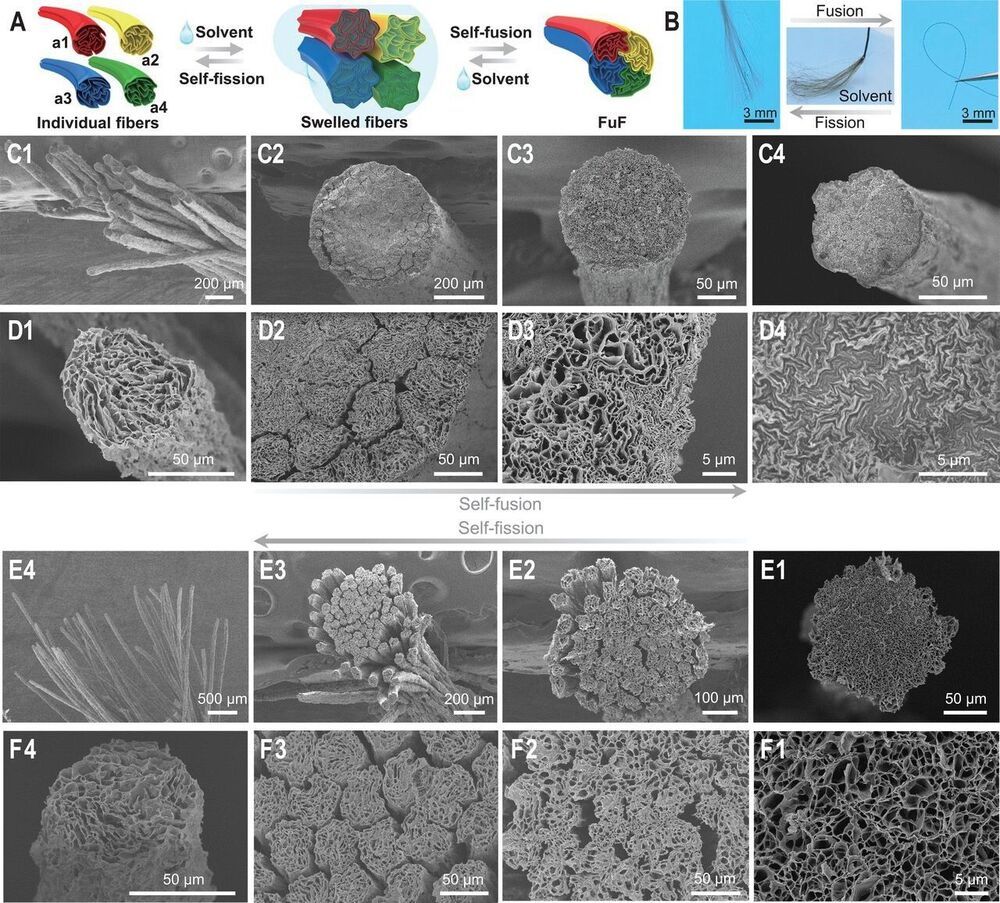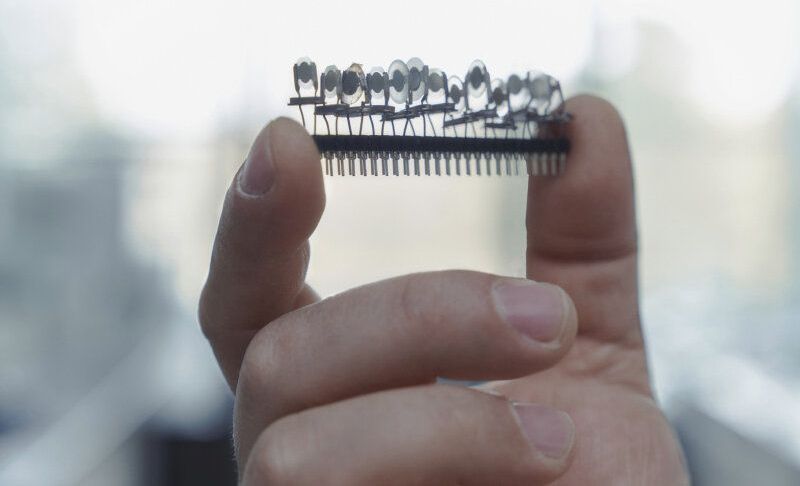
In nature, scents emitted by plants attract animals such as insects. However, scents are also used in the industry, for example in the production of perfumes and aromas. In order to achieve a reliable, quick, and objective discrimination of mint scents in particular, researchers at KIT (Karlsruhe Institute of Technology) embarked on an interdisciplinary collaboration and developed an electronic nose with an artificial sense of smell. This E-nose achieves high precision in recognizing different mint species, which makes it a suitable tool for applications ranging from pharmaceutical quality control to the monitoring of mint oil as an environmentally friendly bioherbicide.
“So far, scientists were able to identify an estimated 100000 different biological compounds through which neighboring plants interact with each other or control other organisms, such as insects,” says Professor Peter Nick from the Botanical Institute of KIT. “These compounds are very similar in plants of the same genus.” A classic example from the plant world is mint, where the different varieties produce with very species-specific scents. Industrial quality control of mint oil, in particular, is subject to strict legal regulations in order to prevent adulteration, is time-consuming, and requires a great deal of expertise, the scientist explains. A new “electronic nose” equipped with sensors made from combined materials will support this process.
